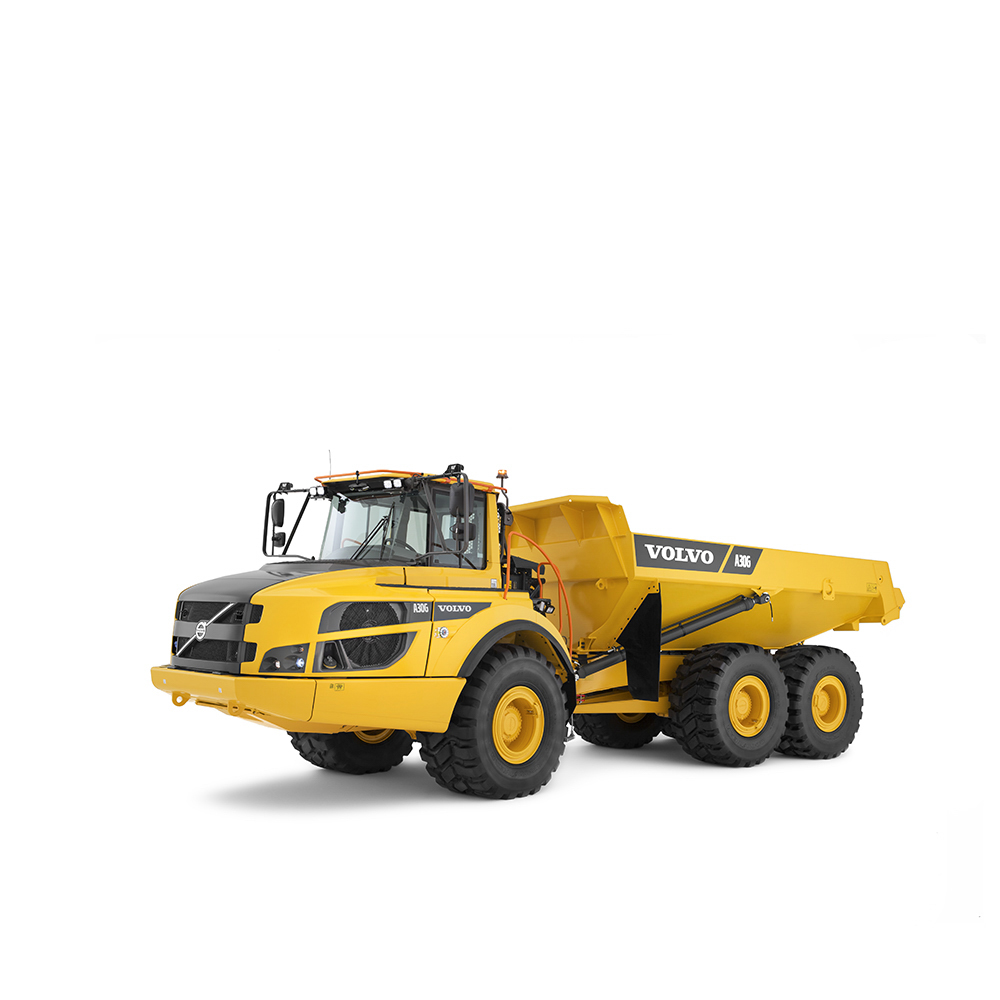FJAG
Army.ca Legend
- Reaction score
- 14,643
- Points
- 1,160
dapaterson said:You joked about an accident that occurred due to failed training and leadership. It's not funny. It kills soldiers. The RCA refused to admit that a gun tractor transports soldiers - they declared it a weapons system and therefore permit operators with a basic drivers' course to transport troops. All other drivers require minimum experience levels before being permitted to transport troops. The leadership denied drivers adequate rest.
Inexperienced driver plus Bad roads plus Inadequate rest killed a gunner twelve years ago. So yes - maybe you can buff out the scrapes on your colours. But you can't bring back the life that was lost because of that failed leadership.
I'm not sure why you've got your tail in a knot over one line here but let me assure you that I and the artillery take driver training and leadership duties very seriously.
I've been a young gunner driving guns and troops and ridden in the back as a gun number numerous times before I became an officer and started leading troop and battery movements. In all cases we trained our people to a) drive the vehicles b) drive the vehicles towing guns and c) driving them with due care.
When I look at this one accident in the picture and read the caption I see a vehicle that went around a gravel road too fast and the gun rolled. That's an accident. There's nothing in that picture or caption about failed training or failed leadership or lack of experience or lack of rest. That's a conclusion that you are drawing in the absence of information.
I know that going way back the Service Corps always had a thing about the troop transport issue but if you think about it the Service Corp was the only organization that ever transported troops as "cargo". For them rules for separating personnel from ammunition and even having new drivers gain some experience before transporting either makes some sense. (there was also the one about drivers do not unload cargo). The artillery routinely carries detachments and explosives, the infantry routinely carries their rifle sections, even the armoured corps carries their recce dets in their vehicles. To the best of my knowledge neither the infantry nor armoured corps have an "experience" factor that needs to be checked off before transporting the people that make up their sections and dets. They are all part of the crew. It's a whole different paradigm. "The RCA refuses to admit that a gun tractor transports soldiers"? Hardly. We know better than anyone what we're doing and what the consequences of that might be. The training to drive with a detachment and explosives on board is built into our training system and the fact that we have soldiers and high explosives on board is drilled into everyone from square one. Our drivers aren't just truckers; they're part of the detachment and everyone on board the truck is a buddy.
I did a fatal accident board almost thirty years ago because a young driver rolled a 106 jeep (without gun). He had a 404 for jeep but had never driven the 106 version which is sprung differently. His inexperience with that type may have been a factor but then again it may just have been momentary inattention as well. We can all speculate on the cause but the simple fact of the matter is that we do difficult things under difficult conditions and regardless of training and leadership things sometimes go south. While a fatality a dozen years ago is a tragedy it is not an indictment of a system that isn't working adequately nor a sign that it is fraught with failed training and failed leadership.
:cheers:



